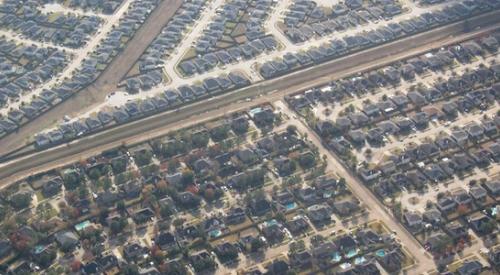In the past several years, domestic migrants have increasingly fled large metros to seek out stronger job markets and more affordable housing in smaller cities, and that trend is only accelerating, according to a recent report by New Geography. New York City and Los Angeles logged the greatest net losses over the past decade, but more recently, even the nation’s second largest metro group with populations between 5 million and just under 10 million also reported significant losses, though Dallas-Fort Worth, Atlanta, and Houston logged modest gains.
The majority of the third and fourth largest metropolitan areas saw substantial growth over the past decade, with the most newcomers arriving in 2020 and 2021. Sunny Florida metros reported the largest population gains in 2021, and as remote work becomes permanent for a growing number of professionals across the U.S., similar Sun Belt cities are likely to see the same outcome.
In each of the largest CBSA population categories (1,000,000 and over), the smallest net domestic migration occurred in 2020-2021, with only the 1,000,000 to 2,499,999 category gaining. The largest net domestic migration figures were achieved in 2020-2021 for the smaller population categories. At the same time, areas outside the CBSAs (which are not to be confused with rural areas, see Note 2), had the largest 2020-2021 percentage gain.













